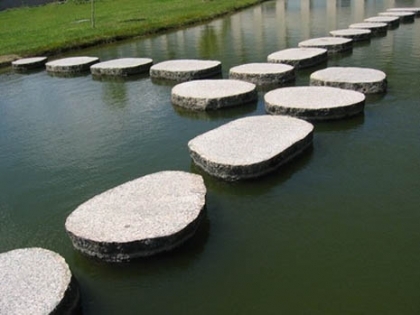by jhall on June 22, 2009

A green destination is inevitable for every American company. How that is achieved is the point of this blog post. At the outset, I’ll just say this: those companies that follow the defined path toward sustainability may survive, but those that chart their own course will become leaders, and thrive in the new business environment that is upon us.
It’s easy enough to find the soon-to-be well-trodden path; a Google search or quick meeting with a consultant will reveal literally hundreds of cases, articles and essays that can be used to put your company on the path of sustainability. However, the fact is that the optimal path is different for every company. Organizational drag, budgetary considerations, and the technologies employed will affect the complexity of the mission to make the company and its products more sustainable.
A basic law of the organization is that it makes its own survival paramount. In that, it’s no different from any evolutionary model. For that reason, it is vital to understand the organizational landscape in order to accomplish anything worthwhile. Understanding this landscape provides a starting point, a direction, and a route, highlighting obstacles and opportunities along the path to sustainability. In short, the organization is its own environment, within the larger environment we all inhabit.
Categories: